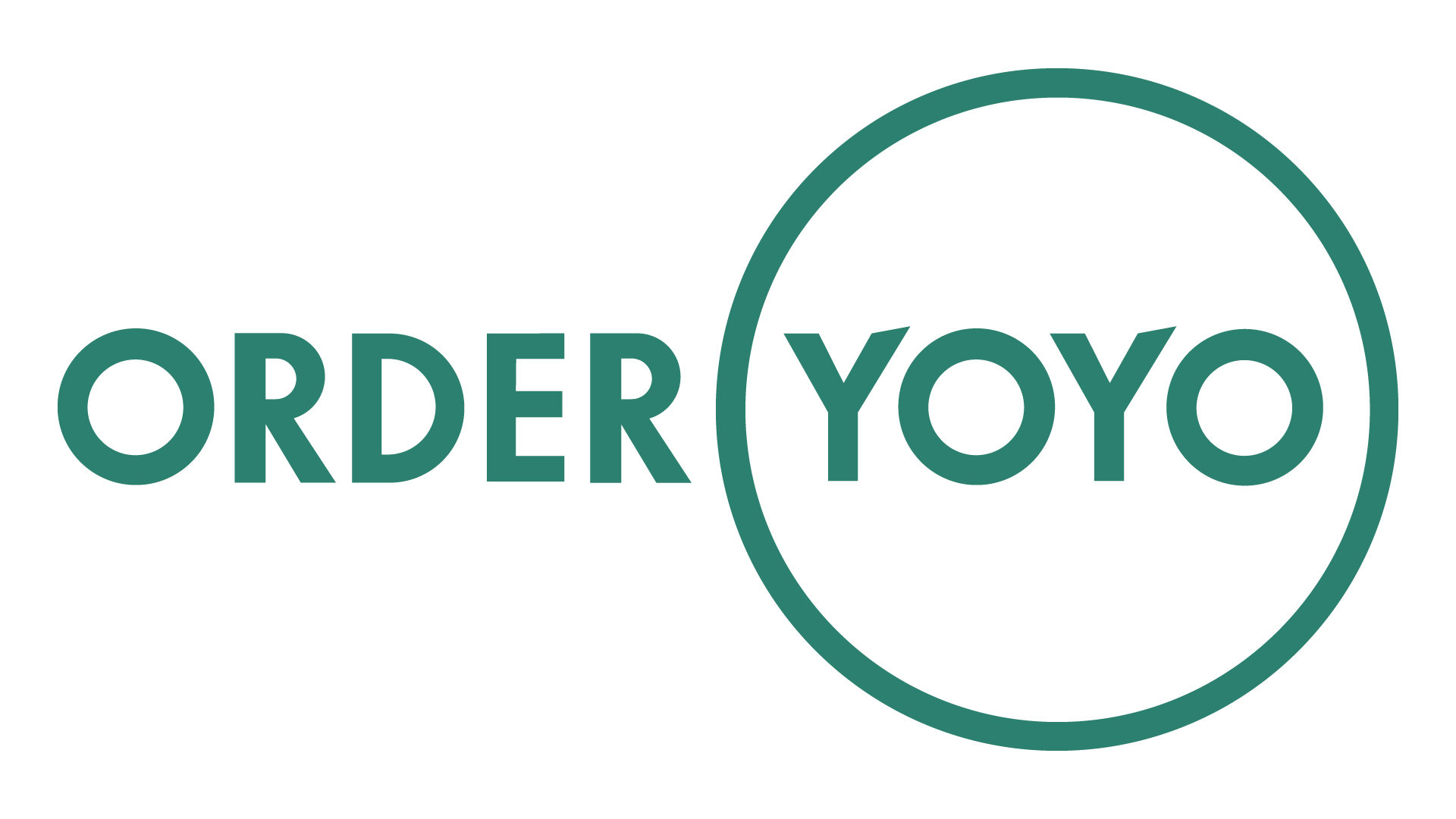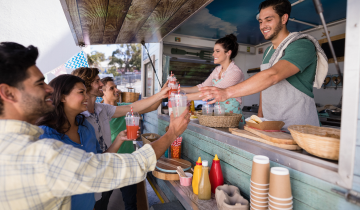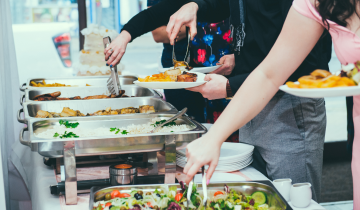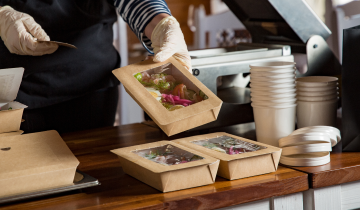The term Ghost Kitchen is still relatively new and describes a restaurant concept where food is cooked exclusively for takeaway consumption. You won’t find guests in a restaurant. What was purely a trend in the USA, India and the United Arab Emirates before 2020 spilled over into Europe in the wake of the restaurant closures during the Covid 19 pandemic. Currently, more and more ghost kitchens are springing up in big cities and communities.
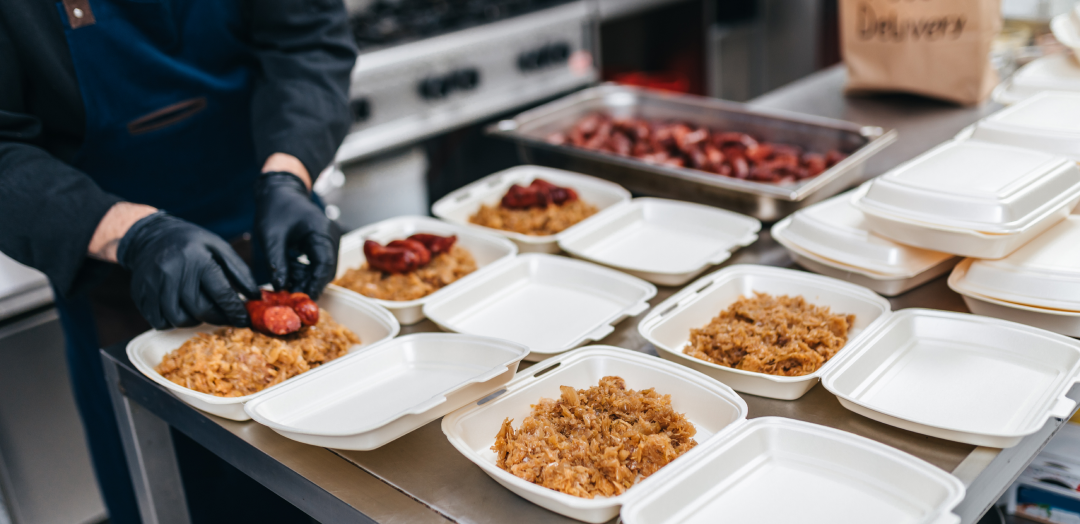
Ghost Kitchen: Restaurants without guests have a lot of flexibility
What makes Ghost Kitchens so profitable is not their focus on delivering food, but their flexibility. In principle, anything can be cooked in a Ghost Kitchen. The thought here is that a single Ghost Kitchen could cook for several different, virtual restaurants. Thus, behind 4 different restaurants on the Internet for sushi, pizza, indian food and burgers, the same Ghost Kitchen can be used. These virtual restaurant brands can of course be changed, exchanged or extended at any time. This means that operators of Ghost Kitchens can react extremely quickly to trends and offer dishes currently in high demand. No new locations or restaurant set ups are necessary for this – a few clicks and changes online are enough.
In addition to Ghost Kitchens, where fresh food is cooked, there are also those in America that are sold to existing restaurants as a franchise concept. In addition to their own dishes, local restaurants prepare the finished frozen products of a franchise brand on site and then deliver them under the third-party brand. Brands of influencers and celebrities in particular show great sales potential there.
Savings potential with Ghost Kitchens
The savings potential of Ghost Kitchens is enormous: in large kitchens, any number of cooks can prepare the food on offer at the same time. In contrast to classic restaurants, the location is also less important here. The Ghost Kitchen can also be located in an area that is less attractive to walk-in customers, but is therefore favourably priced, as long as the connections and delivery times are right. In such areas it is also often easier to provide parking for the delivery vehicles and to rent sufficient storage space for packaging and supplies. This makes it quick and easy to open up new areas for delivery without having to open a new restaurant. Capital investment and risk remain manageable, and flexibility gives owners the ability to respond to success or failure at any time. Service staff, elaborately designed dining rooms, seating, decoration, consumables and many other cost items are eliminated with a Ghost Kitchen. After all, there are no guests to serve on site. Electricity and water consumption are also reduced due to the absence of guests and less crockery. At most, the storage areas and cooking areas increase due to productivity. In a Ghost Kitchen, dishes can also be offered that would otherwise come from different restaurants. In this way, an even broader clientele can be satisfied. It is conceivable, for example, that several virtual restaurants from different providers share a professional kitchen and deliver from there. So if a group meets for a sociable games evening, everyone can order whatever he or she feels like. Most ghost kitchens offer a wide range of dishes and cuisines. However, don’t forget to market this feature to the public.
Professional Ghost Kitchens want to revolutionise the delivery business
For many restaurants, the delivery service runs as a bonus business on the side. Dishes that are on the menu anyway can be packaged and delivered just as easily and with little effort. Often, however, the quality of the food suffers: it is not uncommon for products to arrive overcooked, cold or unattractive because the delivery service does not take into account the transfer time. Professional ghost kitchen operators therefore specifically try to cook in such a way that the delivery time does not reduce the quality of the food. For example, cooking times for pasta are deliberately shortened so that it can continue to cook during delivery. The cooks in Ghost Kitchens prepare the dishes according to exact recipes to the minute and always in the same way to ensure consistent quality.
The disadvantage of Ghost Kitchen: Little comprehensibility for end customers
One man’s joy is another man’s sorrow. Ghost Kitchen concepts have their advantages, but without a real location and contact person, the consumer is quickly at the mercy of the operator. If the food under a certain brand does not go down well, the operator of the ghost kitchen can replace it with another virtual brand in the blink of an eye. In the worst case, a customer may receive the same meal twice, even if it was supposedly ordered from different restaurants. Whether the American concept will really catch on in Europe in the long run remains to be seen.
